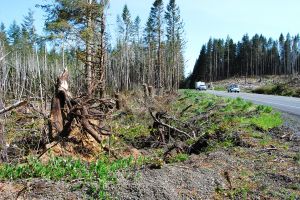According to the Huffington Post, individuals taking part in Hurricane Sandy relief may wind up suffering long-term health complications, not unlike the relief workers post-9/11. With plenty of buildings still suffering from flood damage, mold has become a serious concern for those who have had their homes and/or businesses affected by the hurricane. OSHA recently published a fact sheet regarding the potential dangers for relief workers, highlighting the spreading of mold and mold-related illnesses.
In an effort to avoid the costly litigation that came after the 9/11 terror attacks, OSHA and the federal government have stepped in to provide relief and monitor the potential long-term effects of relief workers operating in disaster zones. Asbestos is a key factor in the relief effort, with relief workers currently working on buildings that were damaged by Hurricane Sandy and the aftermath. Another problematic aspect of the Sandy recovery workers in jeopardy is that there are no federal guidelines for combating mold, however; OSHA is looking to provide a way for workers to do their job without suffering from mold-related illnesses.
For those working in disaster areas, OSHA recommends picking up a HEPA respirator. These kinds of masks help in reducing the exposure to mold and other forms of damage to areas affected by Hurricane Sandy. The fact that over five thousand Sandy recovery workers have been hired by New York State is also concerning to those at OSHA. Some of these workers are dealing with genuinely hazardous material, which may or may not have effects on health further down the line. OSHA is also ensuring that, after the cleanup has taken place, that buildings are up-to-snuff regarding whether or not the facilities are safe for operation by those who will be moving back into those buildings, whether to live or to work.










